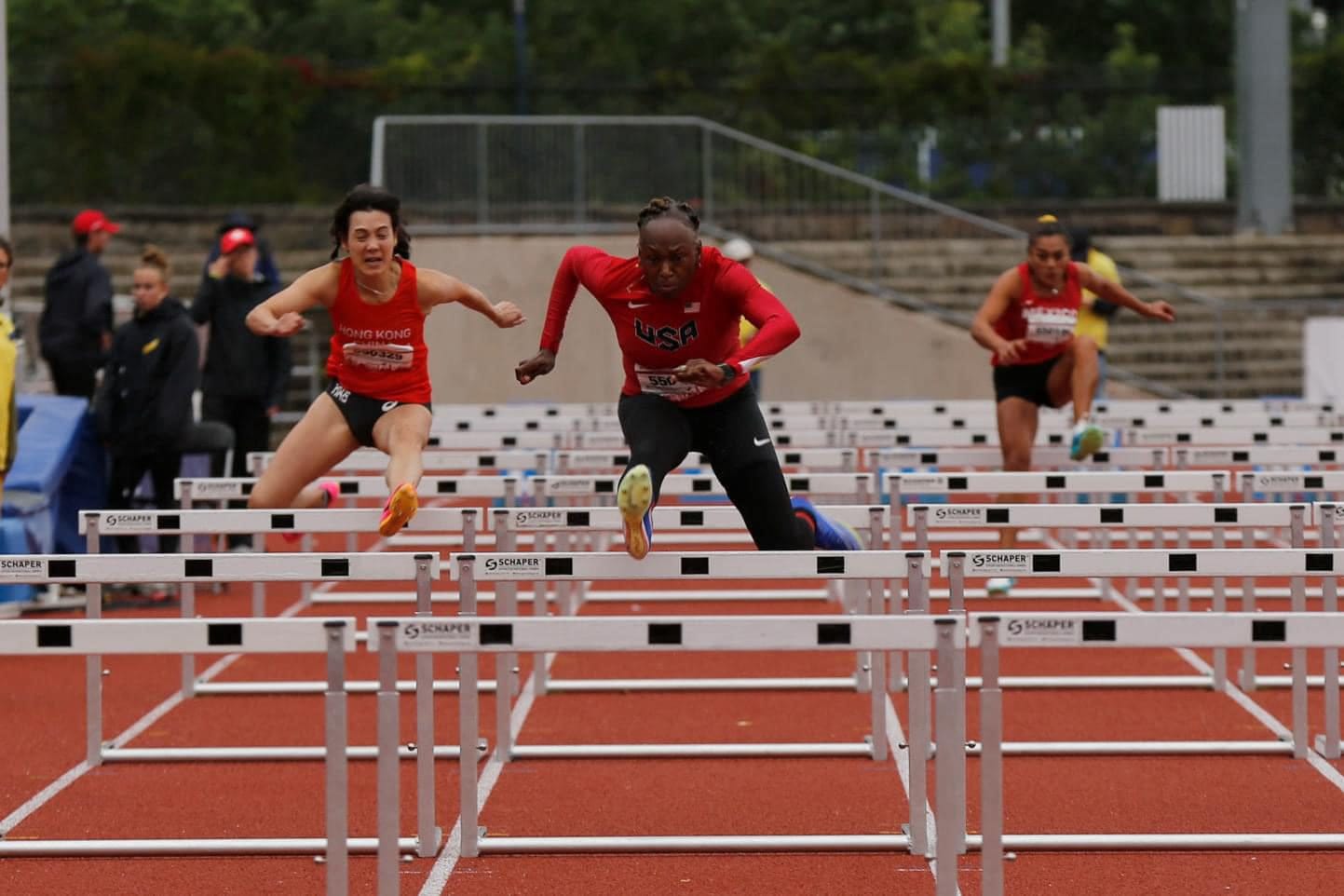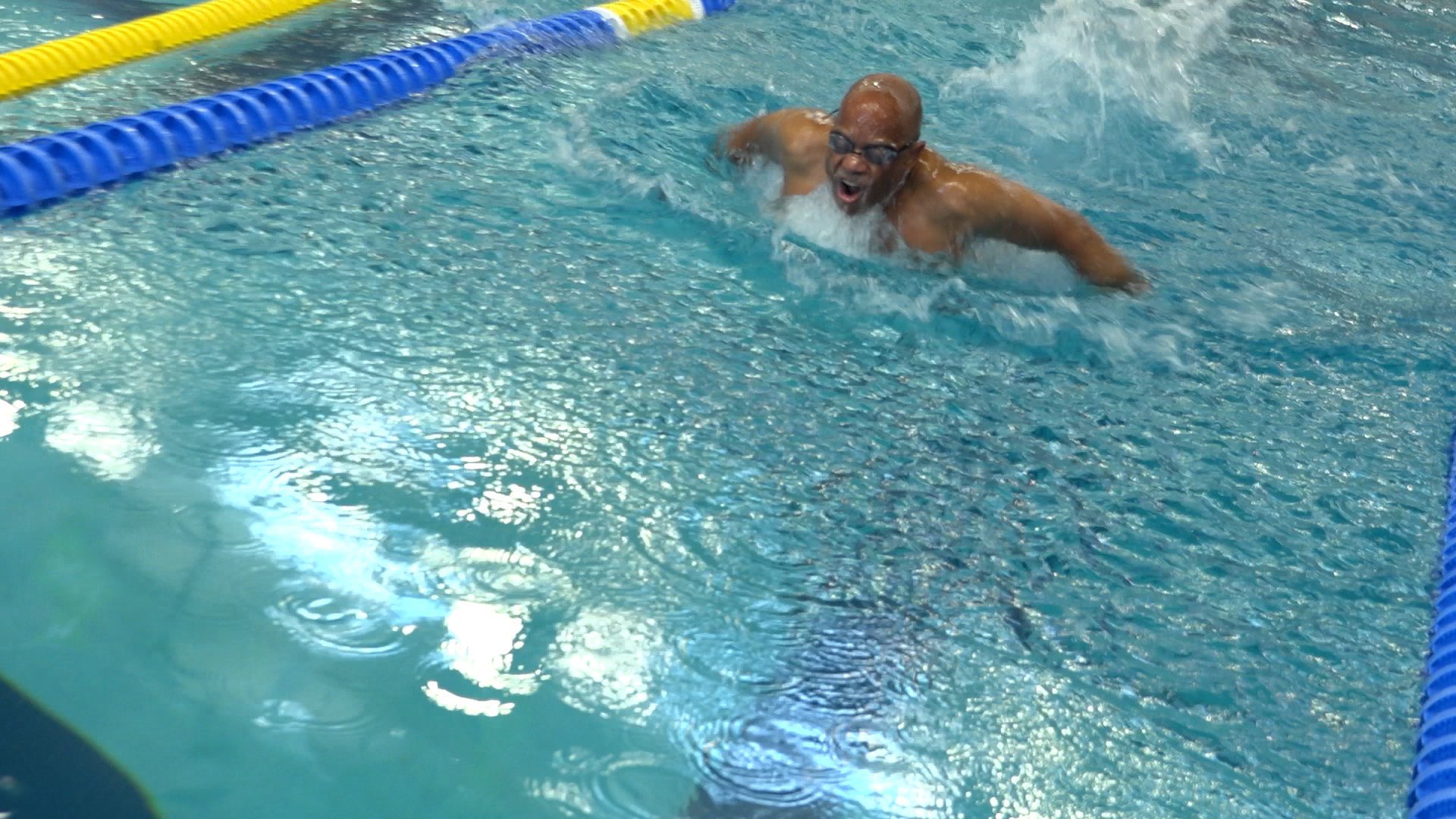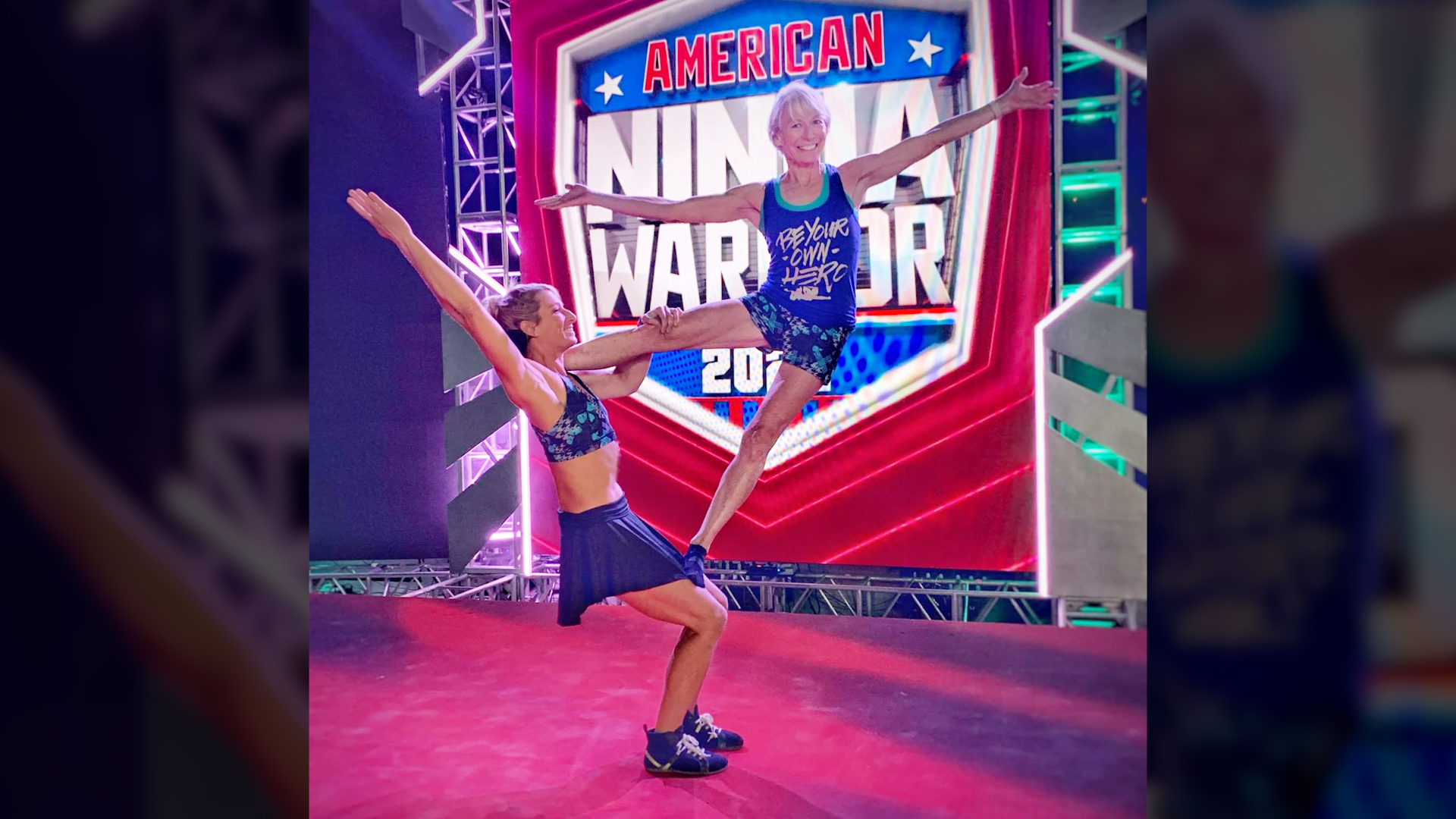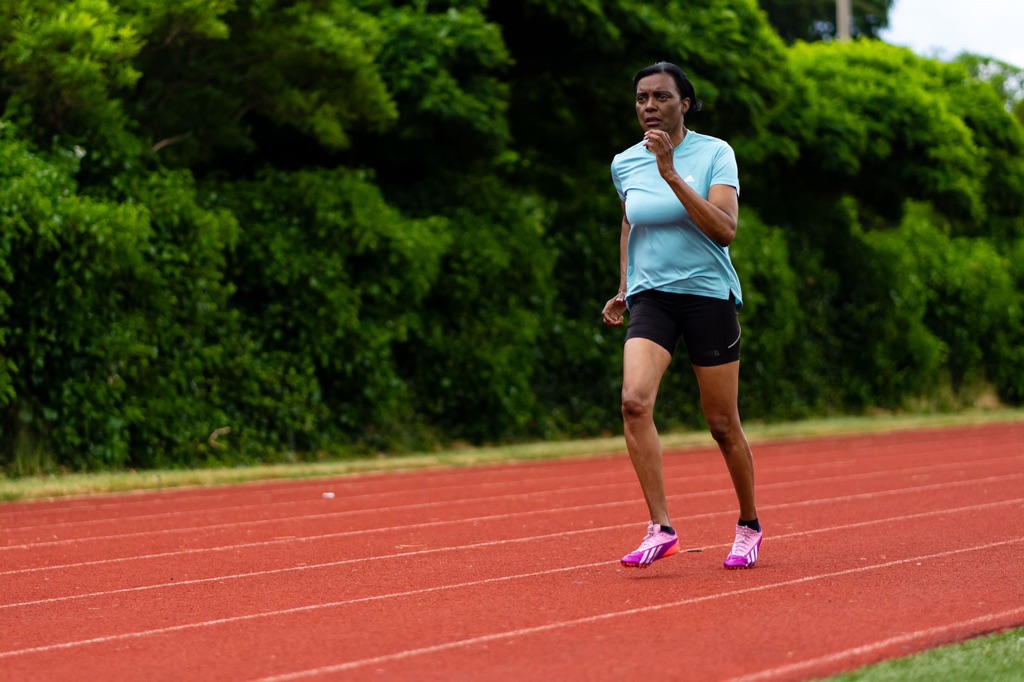If you’re looking for a new hobby that will keep you active and physically fit, and also allows you to compete head-to-head with others at any age, Jim Ploen recommends archery. Ploen, a three-time National Senior Games Gold Medalist archer, recently joined Growing Bolder with a lesson full of beginner archery tips to teach people of all ages how to get started in the sport.
Here are his top seven beginner archery tips:
1. Getting started
- Practice your grip, draw and release by using a bungee-resistance band before using a bow.
- Select a left-handed or a right-handed bow based on your dominant eye — the one with stronger vision. For example, if your right eye is more dominant, select a right-handed bow.
- Use the appropriate draw weight for your size. You should be able to comfortably lift your bow in the air and pull back the string without straining yourself. A draw weight of 15 to 25 pounds is usually advised for women and 20 to 30 pounds for men.
- Purchase arrows with feathers from a matched set, with a nock, (notch), at the end of the arrows where the string is placed.
- Stay close to the target, about 10 yards away.
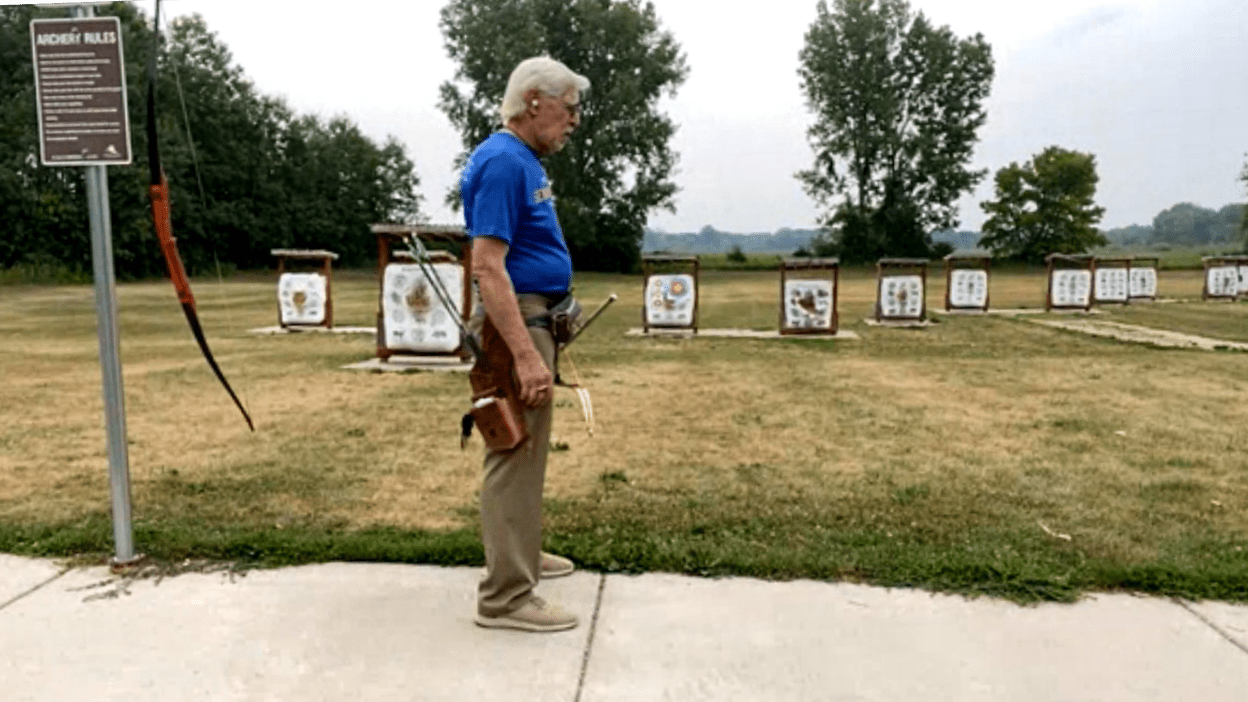
2. Stance
- Point toes straight, with feet perpendicular to the target at a 90-degree angle.
- Keep feet a shoulder-width apart.
- Avoid flaring feet to the side in order to achieve the best balance and bone-knee alignment.
- Keep your whole foot flat on the surface and keep your back straight with tall posture.
- Turn your head so it is facing the target.
3. Grip
- Place the arrow on the shelf of the bow with the nock on the back of the arrow against the string.
- Use your thumb and forefinger to hold the gripping location on the bow just below the arrow shelf.
- Raise the bow to shoulder height, extending the bow in a straight line toward the target.
- Use the middle three fingers of your draw hand as hooks on the string. Don’t make a fist around the string.
- Keep the back of your draw hand relaxed and straight as the fingers are hooked onto the string.
- Hold the end of the arrow between your index finger and middle finger of your draw hand.
4. Draw
- Draw the bow using the entire shoulder girdle, the bones connecting the arm to the upper body. If you pull with just the fingers themselves, the arrow will fall off the bow. Instead, pull with your back muscles, with the fingers acting only as hooks on the string to guide the arrow.
- Draw the string back to an anchor point with your elbow bent. The end of the arrow should be drawn back to a distance near your dominant eye.
- Maintain your balance by making sure that as you draw the string back, you feel equal tension between the bow hand and the draw hand.
- Keep your drawn elbow bent back at shoulder height. Your arms should nearly make a straight line.
5. Aim and release
- Make sure while the string is drawn that it is in line with the arrow, not the center of the bow. This way, the string will push on the center of the arrow to send it in a straight line toward your target.
- Use your bow hand to raise or lower the height of the bow to aim the arrow.
- Hold the bow steady and release the three fingers holding the string. The release should be smooth and fluid as it sets the arrow in motion.
6. Follow-through
- Follow-through occurs after the arrow separates from the string.
- When you let go of the arrow, and the string goes down toward the bow, continue to look at the spot you want to hit and concentrate on that spot.
- As you drop the string from your fingers, keep your tension strong and directed at the spot you want to hit. The follow-through is made with your lead hand gripping the bow, keeping it steady and directed at the target until the arrow has landed.
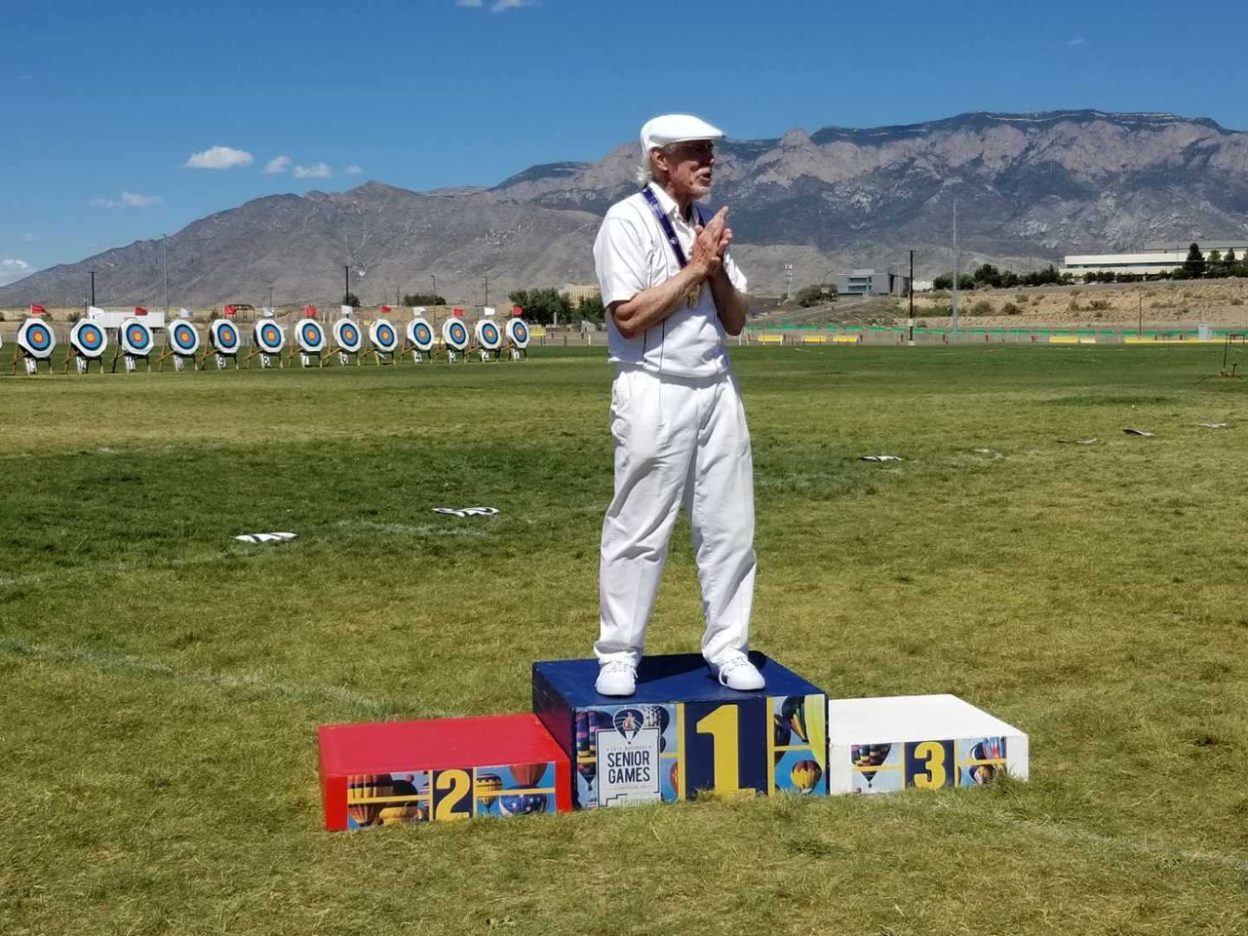
7. Words of Wisdom
“Remember, champions have to work and learn how to use all the equipment to achieve a perfect string-arrow separation moment. After more than 70 years, I’m still enjoying looking for ways to master and enjoy that perfect separation moment. Join me in the thrill of perfecting that moment. Even if it’s only one arrow in a practice session, tomorrow it could be two.” – Jim Ploen, 93



